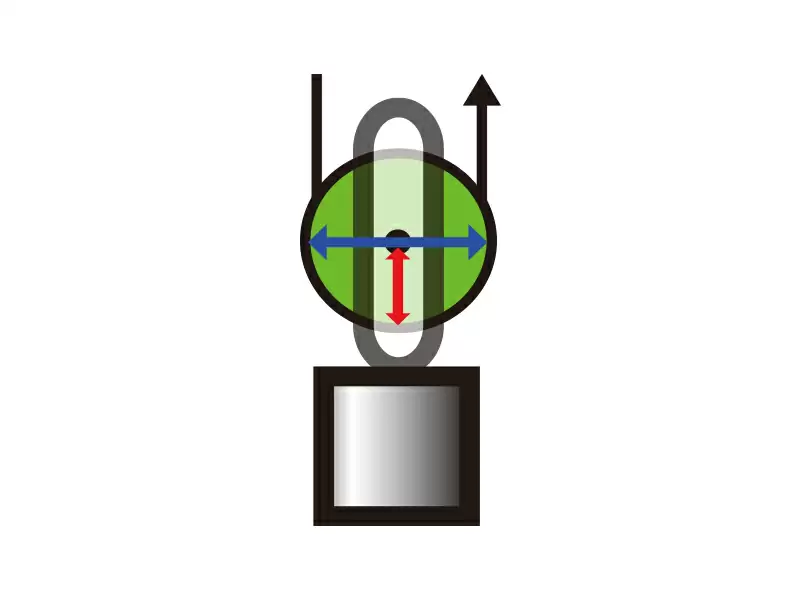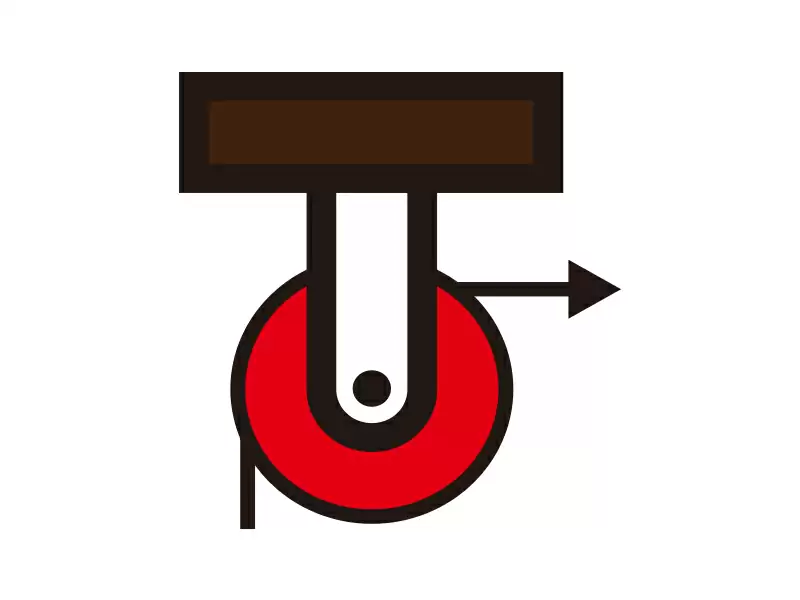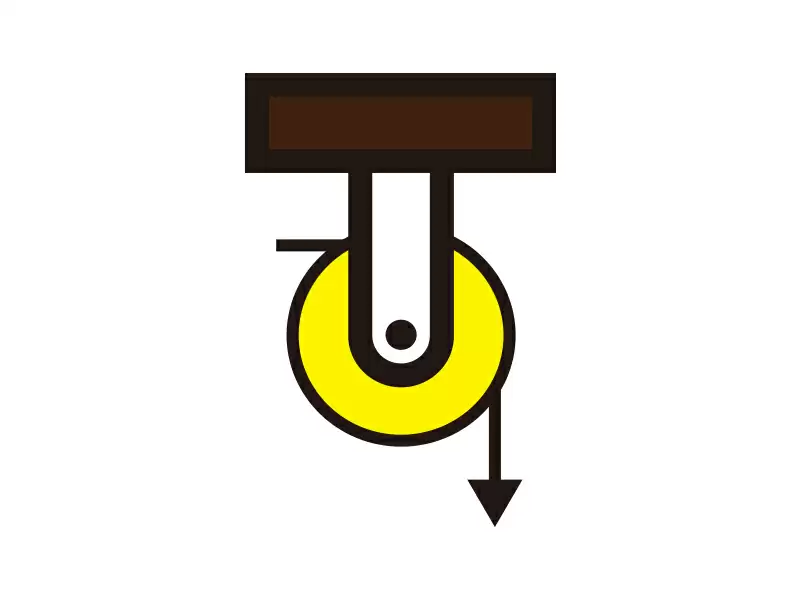Power

Pump
In early periods when running water was not available, pumps were invented to irrigate farmland and mankind was able to leave the coast and migrate to hills. In the past 2-300 years, obtaining water became easier with the invention of the hand pump and air pump. Hand pumps are cleverly structured and can draw a lot of water; they are the most widespread irrigation and drainage tools in our agricultural villages before the proliferation of electric pumps.

Handy Billy
The handy billy uses the principle of “press on pump” with the up and down force of levers to use the piston’s raising power to draw water from wells or low places; when pressed, water is delivered from the nozzle.

Cleopatra Arch Bridge
Arch bridges are built using the mechanics of “anti-type principle” to use the arch’s inherent upward force to withstand the weight of cars or pedestrians on the bridge whilst also being aesthetically pleasing. Stone arch bridges must be carefully calculated to determine the seams between stones to produce the force mentioned above; if the calculations are incorrect, the bridge will not be able to withstand weight and will disintegrate.
History’s earliest recorded arch bridge was the “Suzhou Bridge” constructed by the Chinese. They formed an arch between two piers to withstand weight. When the arc receives force, it must disperse the downward gravity force through the arches of the bridge into horizontal pressure to ensure the bridge is able to withstand it’s own and additional load. The stone slabs at the bottom withstand the load of the arch structure. Applications: earth kilns, arches.

Einstein’s Laboratory
When we walk into the tilted house we notice that the indoor level changes but the direction of gravity doesn’t change so it’s difficult to acclimate your balance. Furthermore, the isolated tilted house blocks all view of external environments so there is no way to determine the level of the room resulting in difficulties for the body to find coordination with the indoor environment, naturally making you wobble and have difficulty getting footing.

Windlass
Windlass are ancient water drawing devices that use pulleys to draw water. Kids, try the principle! You can easily lift an adult.

Cao Chong Scale
During the warring period, scales were already widely used. Scales were often used in market transactions and used to measure weight. Cao Chong is Cao Cao’s youngest son and had a great intellect. “Cao Chong Weighs and Elephant” is a widely known folklore that has been passed down in history.
Applications of Buoyancy: The applications of buoyancy are very broad in ships and submarines. Submarines drain water from their hull to change the ratio of mass and weight to control elevation.
◎ Dear friends did you know? We can use a ship’s level in the water to determine the condition of the cabin.
water level is higher, is the cabin empty? Or is it full?
Bernoulli’s Principle
- 一、
- Bernoulli’s Law: Force + Pressure = Fixed Value. When the flow of liquid slows, force will increase. Bernoulli’s law simply states that “as flow speed increases, pressure decreases”. 。
- 二、
- The Bernoulli effect explains that as liquid flows faster, there is less pressure in the area. When flow is fast, pressure in the air is lower than the surrounding area to form a force that can attract objects to flow towards the airflow.

Chaos Pendulum
◎Chaos Theory
- 1、
- Chaos theory is a model that emerged after the 1970s Definition of chaos: “Chaos” refers to erratic, irregular, and random phenomena, meaning unknown scenarios resulting in events that cannot be predicted. The basic theory believes that there is randomness, nonlinear, disorder, and uncertainty in nature and society. It’s very difficult to find a certain set of rules to completely predict or control; it’s different from the traditional Newtonian model.
- 2、
- Use the chaos pendulum to observe the irregular movement of the pendulum to understand the difference with linear theory. Thousands of years ago, mankind had already discovered chaotic phenomenon in nature. However, modern civilizations use quantified and mechanical standards to measure the world for the intention of conquering and control to reduce the uncertainty in their hearts. The concept of “everything is under control” is deeply ingrained in the minds of humans and has become a part of modern behavior. Thirty years ago, scientists introduced chaos theory to show that “control” is an illusion as nature’s system of chaos far surpasses the scope of mankind’s prediction and control. We cannot resist uncertainty in life, but should coexist with chaos. This allows us the opportunity to lead a different life, not as the controller of nature but a creative participant.

Archimedes’ Buoyancy Ball
The reduced weight of objects in liquids (the withstood buoyancy) is the weight of liquid displaced by the object; this relationship is Archimedes’ principle or buoyancy. Whether a sunken or floating body, the buoyancy of objects in liquid = the weight of liquid displaced by the object.

Upward Rolling Cone
The cone doesn’t defy the law of gravity but behaves in that manner due to an illusion caused by its construction. Note: normal cones roll downward, but the double cone moves upwards on this slope. The double cone is a symmetrical construct so the center of gravity is at the center point. The double cone uses the different shape and difference in center of gravity to roll the double cone upwards the slope, but cylinders still roll down the slope as normal.
- 1、
- Adjust two wooden sticks in a V-shape at about a 45 degree angle and place the double cone and cylinder on them. Observe how the two move on the slope and their differences.
- 2、
- cone it goes upwards on the slope, but after careful observation the centroid of the double cone still moves downward from a higher plane and does not defy the laws of physics.
- 3、
- Anti-gravity magical effect.

Centrifugal Force
Kids, what is centrifugal force? How is it related to our lives? Actually, centrifugal force is a reactionary force of centripetal force generated by the circular motion of an object. When an object rapidly spins around a circle, it generates an outward force known as centrifugal force, so centrifugal force is also called circular motion. Centrifugal force is produced under 2 conditions, by an object’s inertial movement force intertwined with the central binding force. Objects free of the center binding force will be centrifuged away.
The barrel of a washing machine uses the principle of centrifugal force. When the washing machine spins, droplets of water on clothes will be affected by centrifugal force and leave the clothes.

Pulley
The models in front of you form 3 basic models of pulleys :
- Fixed Pulley
- Double Pulley
- Multiple Pulley Set
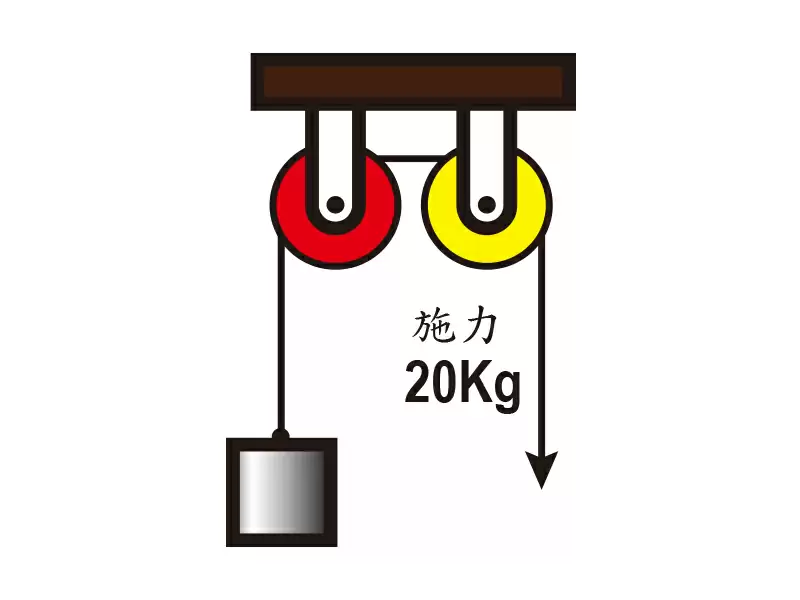
Fixed Pulley
Fixed pulleys (the yellow and red pulleys are both fixed pulleys) doesn’t conserve power, but merely changes direction.
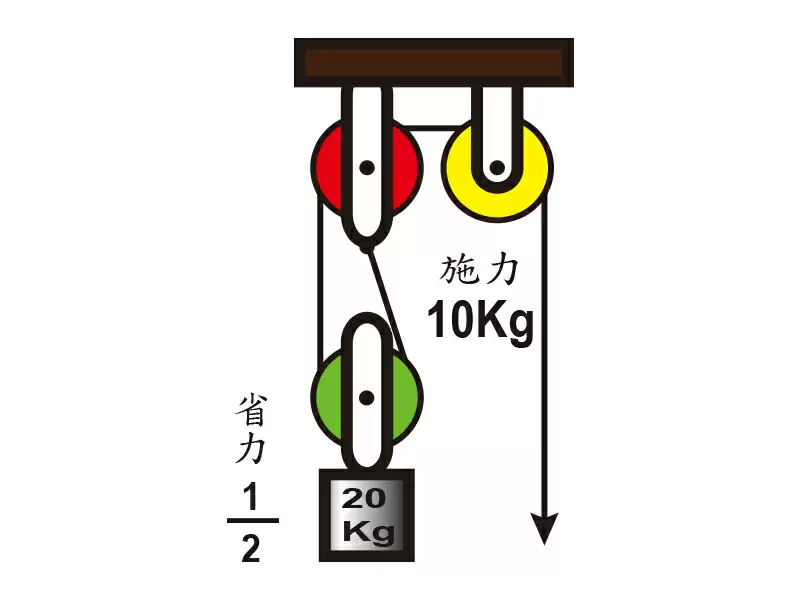
Double Pulley
When the fixed pulley (red) is added to the moving pulley (green) to form a double pulley, the mechanical benefit is half the originally required force; however, the height an object can be raised is only half the height of when the fixed pulley is used.
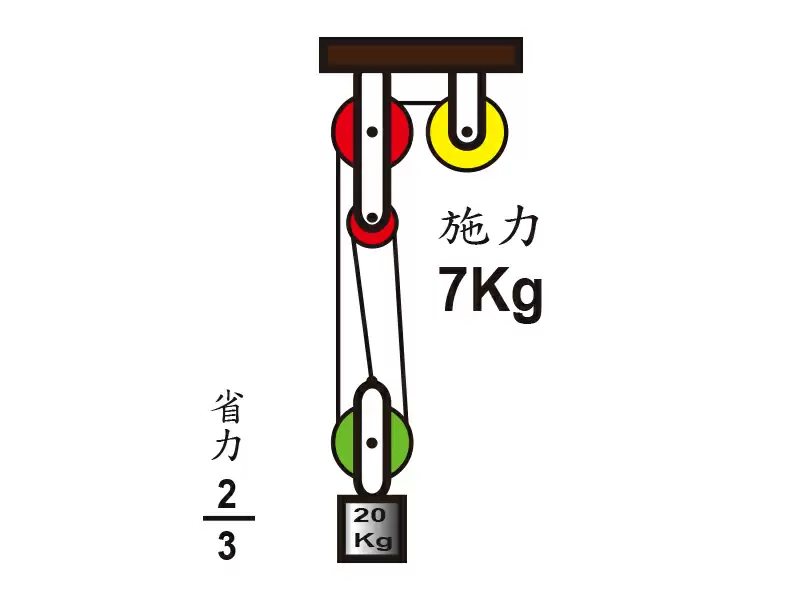
Multiple Pulley Set
When using the yellow fixed pulley with the red and green pulleys to form a multiple pulley set, the mechanical benefit is a third of the originally required force; however, the height an object can be raised is only a third of the height of when the fixed pulley is used.

Don Quixote’s Heavenly Water
Hey! There are no pipes behind the faucet, yet water continuously pours out of it. What’s the secret behind Don Quixote’s Heavenly Water?
Water can be found all around us, and experience tells us that water flows downward from higher places. Using the capillary and siphon phenomenon, little droplets can begin their journey in other directions. Don Quixote’s Heavenly Water uses machines as power to draw up water from the transparent pipe to flow down the outer of the pipe. It creates the optical illusion of a faucet that continuously pours water even without pipes.

Thousand Hand Dribbling
The attraction of any two objects in the universe is called “gravitation”. On earth, “gravitation” is called “Earth’s gravity”; The magnitude of the gravitational pull of an object is commonly known as “weight”. The size of the gravitational pull is inversely proportional to the square of the distance between two objects.
Use the scoop to put a ball in the first bamboo basket, then rotate the bamboo cylinder’s handle and use a relay method to transport the ball into the basket across from it. When the music sounds, congratulations because you’ve passed the level!



